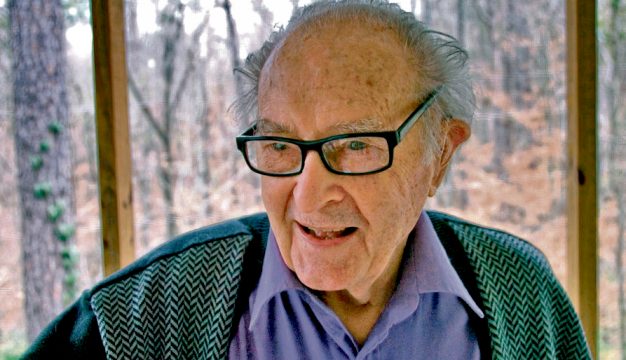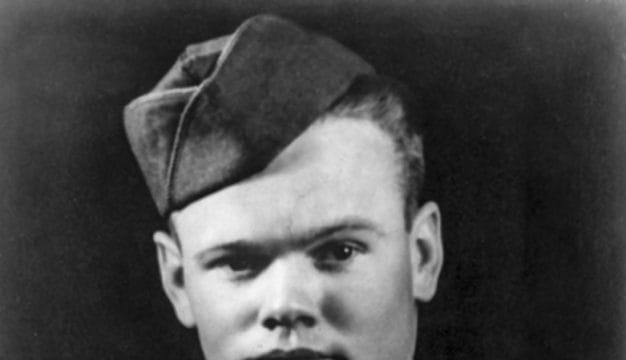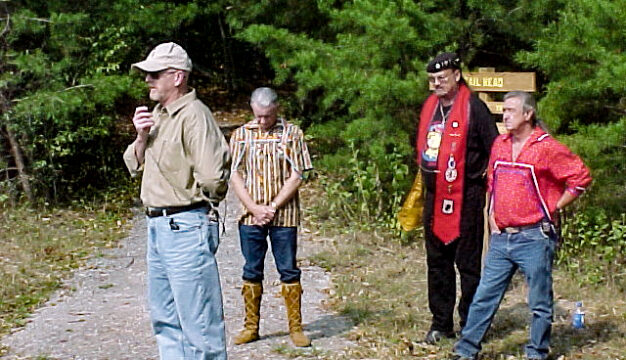Silver Lakes, Robert Trent Jones Golf Trail
 Silver Lakes Golf Course
Silver Lakes is a 36-hole golf complex in Glencoe, Calhoun County, that opened in November 1993 as the seventh site on the Robert Trent Jones Golf Trail (The Trail). It was developed by the Retirement Systems of Alabama (RSA). It is located near U.S. Highway 431, 20 minutes from Anniston, Calhoun County, and Gadsden, Etowah County, and 15 minutes from Jacksonville State University. It has served as the Jacksonville State University golf teams' home course and hosted many intercollegiate golf tournaments. Masters champion Danny Willett of Great Britain played for JSU for two years and credited his play at Silver Lakes as contributing to his 2016 tournament victory. The 450-acre complex has two large spring-fed lakes, hilly topography, forests, and mountain views.
Silver Lakes Golf Course
Silver Lakes is a 36-hole golf complex in Glencoe, Calhoun County, that opened in November 1993 as the seventh site on the Robert Trent Jones Golf Trail (The Trail). It was developed by the Retirement Systems of Alabama (RSA). It is located near U.S. Highway 431, 20 minutes from Anniston, Calhoun County, and Gadsden, Etowah County, and 15 minutes from Jacksonville State University. It has served as the Jacksonville State University golf teams' home course and hosted many intercollegiate golf tournaments. Masters champion Danny Willett of Great Britain played for JSU for two years and credited his play at Silver Lakes as contributing to his 2016 tournament victory. The 450-acre complex has two large spring-fed lakes, hilly topography, forests, and mountain views.
Silver Lakes consists of three 9-hole courses: Mindbreaker, Heartbreaker, and Backbreaker, and one 9-hole par-3 Short Course. Mindbreaker encompasses an artificial lake, and hole 9 provides views of both lakes in the complex. Heartbreaker also has views of the lakes as well as the surrounding hills. Backbreaker, with the highest elevations, has some of the most dramatic views at the complex. The Short Course plays around a lake and is comparable to the par-3 course around the lake at Augusta National in Georgia, home of the Masters Tournament. Hole contours were design to match the views of Appalachian ridges in the distance. Many holes have pedestal greens perched 30-40 feet above the fairway. The 22,000-square-foot clubhouse has a golf shop, dining room, locker room, cart storage, and veranda with views of the lakes. There is a practice range, short game area, and large putting green. The course is managed by SunBelt Golf.
 Silver Lakes Aerial View
As plans for The Trail were beginning to take shape around 1990, officials and civic leaders from both Calhoun County and Etowah County approached RSA chief executive officer David G. Bronner about establishing a Trail site in their respective county. RSA and its development partner, Sunbelt Golf, began assessing proposed sites in July 1990 and rejected six as too rocky, short on potable water, or too far from an interstate highway. Bronner chose a scenic parcel owned and donated by local landowner Don Gibbs in an unincorporated area of Calhoun County that had the potential to increase economic development in the region. In keeping with all other sites on The Trail, the local government financed the access road and utility extensions. The Calhoun County Commission signed an agreement on November 25, 1991, to develop the access road and for RSA to finance the golf complex.
Silver Lakes Aerial View
As plans for The Trail were beginning to take shape around 1990, officials and civic leaders from both Calhoun County and Etowah County approached RSA chief executive officer David G. Bronner about establishing a Trail site in their respective county. RSA and its development partner, Sunbelt Golf, began assessing proposed sites in July 1990 and rejected six as too rocky, short on potable water, or too far from an interstate highway. Bronner chose a scenic parcel owned and donated by local landowner Don Gibbs in an unincorporated area of Calhoun County that had the potential to increase economic development in the region. In keeping with all other sites on The Trail, the local government financed the access road and utility extensions. The Calhoun County Commission signed an agreement on November 25, 1991, to develop the access road and for RSA to finance the golf complex.
World-renowned golf course architect Robert Trent Jones first toured the Silver Lakes site in January 1992 and deemed the property perfect, with many natural tee areas and greens. He said at the formal announcement for Silver Lakes, that The Trail was his greatest project and praised the courses for their quality and ability to attract golfers from all over the world. Bronner noted that The Trail site would aid both counties in attracting industry and tourism and retirees.
On April 27, 2011, when more than 60 tornadoes touched down in Alabama, an EF-4 tornado hit Silver Lakes. It took out more than 38,000 trees, the maintenance building, the pump building, the irrigation system, and many sections of cart path. RSA gave serious consideration to closing the complex but decided to maintain its golf presence in northeast Alabama and restored the golf facilities and grounds. More than 70 people working under Roger Rulewich, the chief architect for the late Robert Trent Jones, worked for four months on removing debris, replanting, and reshaping the fairways. The loss of trees opened up views of other holes and now the clubhouse is visible from 28 holes.
Silver Lakes has garnered national and international publicity for the region through the promotional efforts of RSA. It has been the number one tourism attraction for out-of-state visitors in northeast Alabama since its inception (other than the Talladega Superspeedway for two weeks a year) and has served as a highly regarded recreational amenity, fostering regional economic development like the other courses on The Trail.
Additional Resources
Fagan, Mark. The Robert Trent Jones Golf Trail: Its History and Economic Impact. Montgomery, Ala.: NewSouth Books, 2016.



